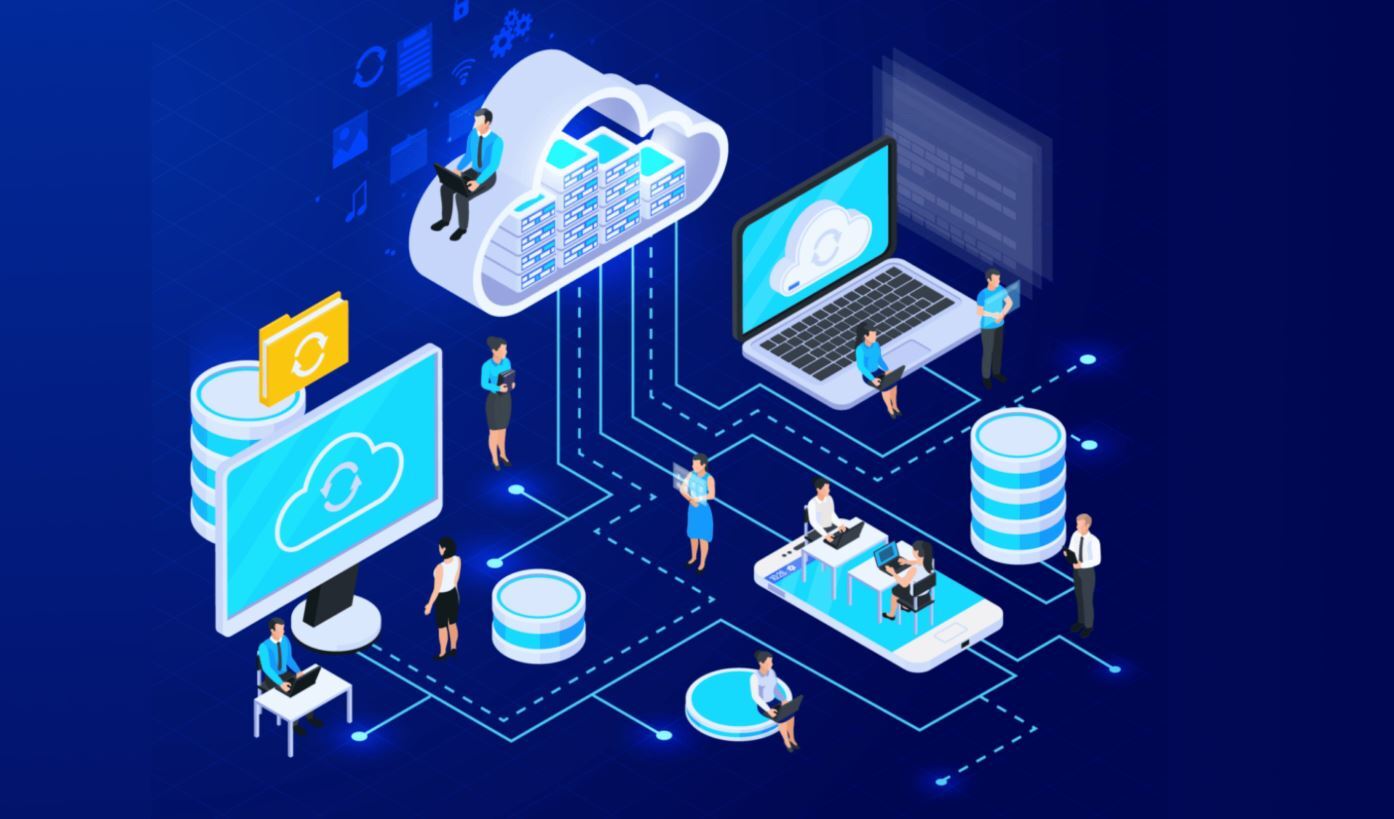We support leading insurance companies in their digital transformation, helping them adapt to an increasingly dynamic and demanding market.
Why is it fundamental to start modernizing applications?

No one doubts that business agility in the current business scenario goes hand in hand with technological agility. However, even today many strategic systems based on legacy technologies coexist with a wide spectrum of applications for very specific functions in various languages and platforms, which generates some headaches for system administrators. Dealing with COBOL or mainframes is far from an outdated challenge.
Under the premise of business continuity and in the face of the unstoppable trend of migration to the cloud, the great dilemma arises: continue with the old and replace it with something completely new, or modernize the existing? Moving the existint things to the cloud just to change servers and physical location of the datacenter is an alternative that underestimates the possibilities offered by the cloud paradigm. Instead, modernizing applications (Application Modernization -AppMod-) according to the technologies integrated in the cloud platform of your choice (Amazon, Azure or Google), can be the key to achieving significant savings.
You may be interested to read more
The borderless enterprise: virtual, distributed and in the cloud

Process digitalisation
We define modernization as the process of digitizing traditional processes in a time frame that fits the business strategy. This happens as a company adds new and modern features to an already working application. This allows for the business to keep going, while producing the transformations that are required, moving quickly and efficiently.
|
The 27% of CTOs that obtain a "high" or "very high" return on investment from scrapping and replacing applications contrasts unfavorably with the 55% that opt for modernization. Fuente: The Standish Group & Micro Focus |
How to modernise?
Sometimes the user interface of systems can change; however, other times changes can be made at the backend level, without affecting the user experience. Ultimately, staff training also involves time and cost. By the way, there are many, diverse strategies to optimize applications, hence it is valuable to consider modernization services that analyze the entire context and accompany the most effective and effective decisions.
These services usually go through different stages:

First you must collect business and technical information; then, analyze the gaps with respect to the needs and prioritize the applications with which you will work. Next, create a business case and define which solution will be implemented, and then design it, considering the environment and the tools that will be necessary. With all this, modify the application and, if necessary, its execution platform, to then make the adjustments and enter into a continuous maintenance cycle.
Benefits of modernizing
Organizations have a lot to gain by advancing along these lines:
- Business agility to increase the speed of business in order to meet market demands.
- Innovation to leverage the thousands of cloud services, products and APIs specially designed on public cloud platforms, including mobile devices, analytics, Machine Learning and Artificial Intelligence, IoT, blockchain and many more that enable manual processes to be automated or improve the customer experience.
- Improve performance in terms of security, resilience and scalability.
- Reduce the total cost of ownership (TCO) of all digital assets.
- Enhance skillsto increase productivity.
Within the broad spectrum of interpretations of the concept of technology with meaning, the modernization of applications exploits the idea of taking advantage of what you have, with the required adaptations, freeing resources to create new things where there are needs that justify them.



